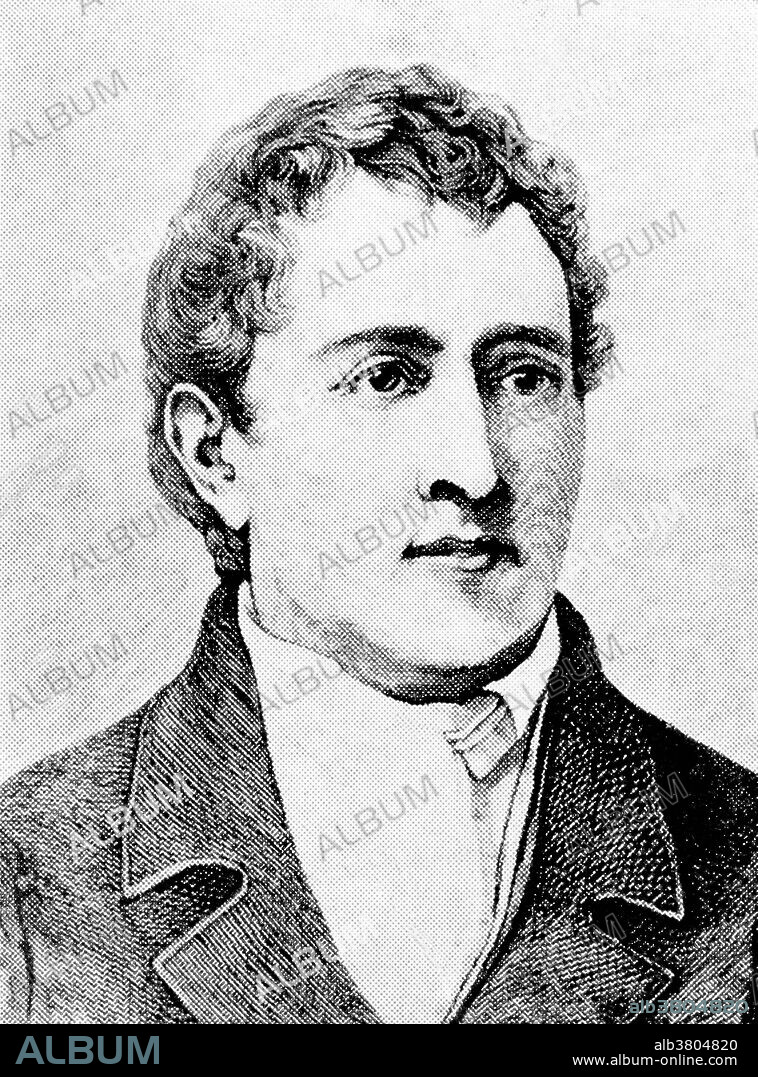alb3804820
Carl Wilhelm Scheele, Swedish Chemist

|
Add to another lightbox |
|
Add to another lightbox |



Buy this image.
Select the use:

Title:
Carl Wilhelm Scheele, Swedish Chemist
Caption:
Carl Wilhelm Scheele (December 9, 1742 - May 21, 1786) was a Swedish pharmaceutical chemist. He made a number of chemical discoveries before others who are generally given the credit. For example, Scheele discovered oxygen (although Joseph Priestley published his findings first), and identified molybdenum, tungsten, barium, hydrogen, and chlorine before Humphry Davy. Scheele discovered organic acids tartaric, oxalic, uric, lactic, and citric, as well as hydrofluoric, hydrocyanic, and arsenic acids. He discovered a process similar to pasteurization, along with a means of mass-producing phosphorus (1769), leading Sweden to become one of the world's leading producers of matches. He had a bad habit of sniffing and tasting any new substances he discovered. Cumulative exposure to arsenic, mercury, lead, their compounds, and perhaps hydrofluoric acid which he had discovered. He married the widow of his predecessor, Pohl, two days before he died, so that he could pass title to his pharmacy and his possessions to her. He died in 1786 at the age of 43.
Credit:
Album / LOC/Science Source
Releases:
Model: No - Property: No
Rights questions?
Rights questions?
Image size:
3222 x 4350 px | 40.1 MB
Print size:
27.3 x 36.8 cm | 10.7 x 14.5 in (300 dpi)
Keywords:
18TH CENTURY • 18TH CENTURY, THE • 18TH • ART • ARTWORK • BW • CARL SCHEELE • CARL WILHELM SCHEELE • CELEBRITIES • CELEBRITY • CHEMIST • CHEMISTRY • DISCOVERED ARSENIC ACID • DISCOVERED CITRIC • DISCOVERED HYDROCYANIC ACID • DISCOVERED HYDROFLUORIC ACID • DISCOVERED LACTIC • DISCOVERED ORGANIC ACIDS DISCOVERED TARTARIC • DISCOVERED OXALIC • DISCOVERED URIC • DRAWING • DRUG STORE • EUROPEA • EUROPEAN • EUROPEANS • FAMOUS PEOPLE • FAMOUS • FARMACIA • FIGURE • GERMAN-SWEDISH • HISTORIC • HISTORICAL • HISTORY • ILLUSTRATION • ILLUSTRATIONS • IMPORTANT • MALE • MAN • MEN • NOTABLE • PEOPLE • PERSON • PERSONALITIES • PERSONALITY • PHARMACEUTICAL CHEMIST • PHARMACEUTICAL • PHARMACEUTICALS • PHARMACEUTICS • PHARMACY • PORTRAIT • POTRAIT • SCHEELE • SCIENCE • SWEDISH POMERANIAN • SWEDISH • WELL-KNOWN • XVIII CENTURY
 Pinterest
Pinterest Twitter
Twitter Facebook
Facebook Copy link
Copy link Email
Email
